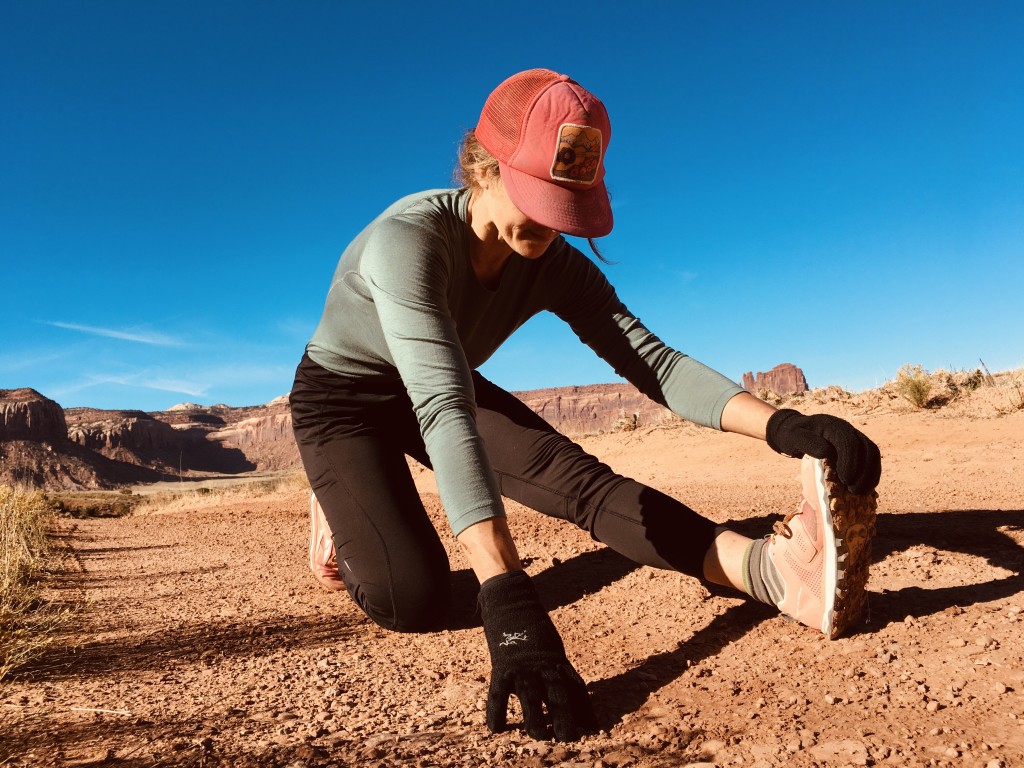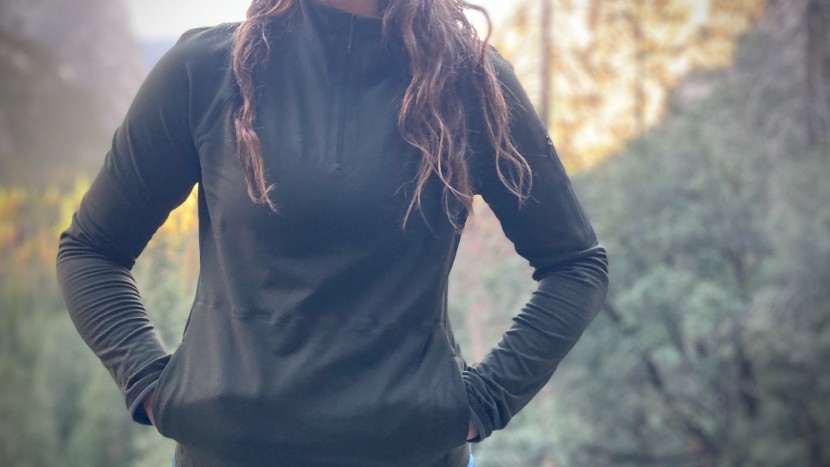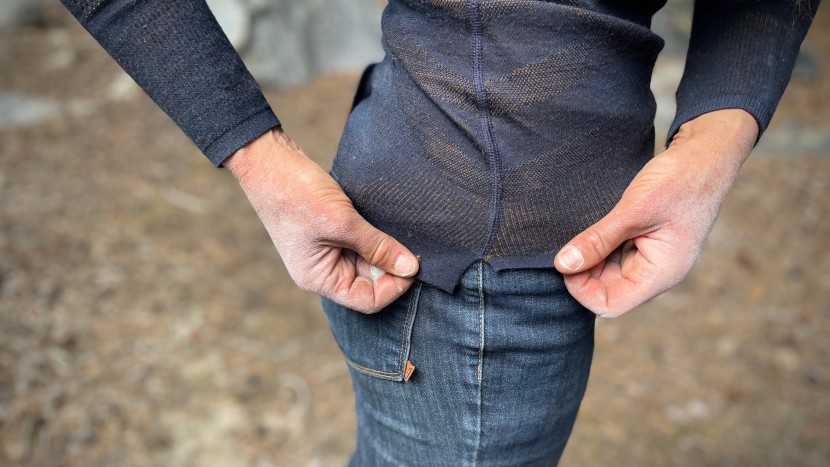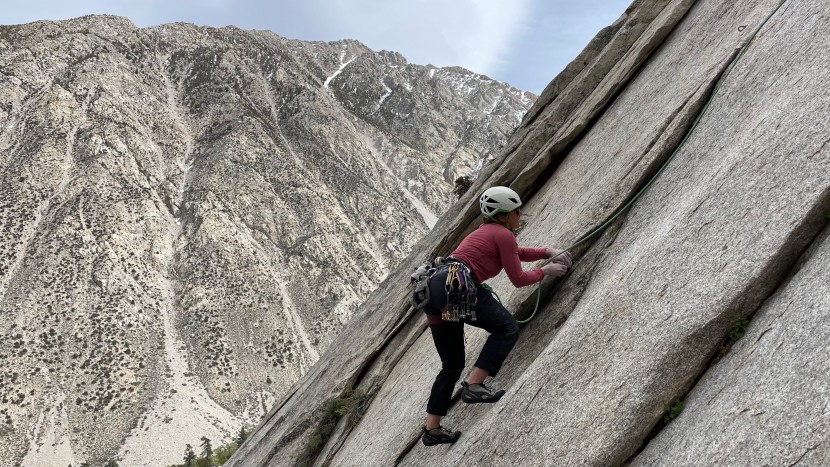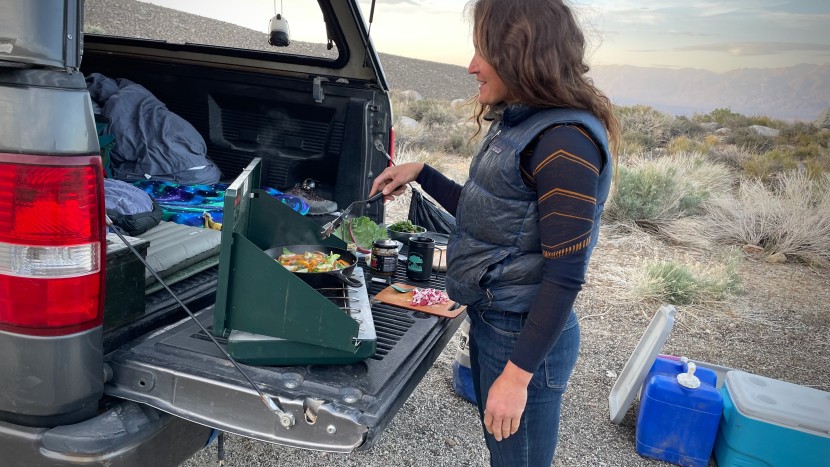This review keeps our seasons chock full of many pursuits, with hundreds of hours spent adventuring and working in each base layer. We have spent our winter days running through snow-laden trails and skiing up and down snowy slopes. From multi-pitch climbing to heights over 3,000 feet, hiking through the desert, and trail running around high summits of the Cordillera Blanca in Peru and the Sierra Nevada in California, these base layer tops have seen all sorts of conditions. We rated each based on warmth, breathability, comfort, fit, layering ability, and durability.
Warmth
Each product was worn as part of a layered system in frigid temperatures, including some that reached the double negatives in Northern Canada. Each was worn on its own to determine wicking ability and overall stand-alone warmth while running and hiking in the San Juan mountains and during the fall in Yosemite Valley, California.
Since each base layer comes in varying levels of thickness, we identified which layers offered the most warmth while considering their overall weight. Some layers provided a ton of warmth but also held onto moisture generated during rigorous activity, and some of the lighter layers surprised us with the warmth offered by a thinner fabric. The layers that provided the maximum amount of warmth received the highest scores.
Breathability
We skinned uphill for hours, ran hundreds of miles on trails, and stood around in windy places. We wore each layer on its own and in a layered system to determine the best for breathability.
From synthetic to merino, our testers identified which base layers were able to trap heat generated during activity while also releasing any excess moisture. We took notes on which layer would function year-round or shine for just a season. Some of the lighter layers breathe so well that they would not be suitable for a colder climate, and some of the warmest layers wouldn't release moisture at all and eventually lose any available warmth. The layers that kept us warm and dry received the highest scores.
Comfort and Fit
Using a wide diversity of testers, we looked at the fit of each top simply by trying it on and comparing the stretchiness as well as the length of both arms and torso. We also looked at style features, including zip neck vs. crew-collar designs and any other enhancing features such as thumb loops, stow-away pockets, or hoods.
For comfort, we simply noted how the layer initially felt against our skin. Then we took them to the hills, either trail running or backcountry skiing, so we could determine if the fabric remained comfortable during movement or felt itchy next to our skin. We also noted which tops our testers preferred day-to-day.
Durability
For this test, we beat the crap out of each piece. We wore each while bushwhacking in the woods, shimmying through tight slot canyons, and while climbing in the desert. We also washed each layer numerous times to test the overall construction.
After many hours of exposure to the elements, we noted each garment's fabric snags, wear and tear, pilling, shrinkage, and odor. The layers that held up to these rigorous tests while maintaining structure received the highest scores.
Drying Speed
We approached our drying speed tests from a few different angles to assess the length of time it would take for each layer to dry, whether on the body, on a line in the sunshine, or overnight during the cold winter months. We got moving, whether on our skis or with our running shoes, and worked up a sweat for one hour before starting our stopwatch to determine the drying speed of each layer on our body post-activity, noting the specific areas that required the most time to dry completely.
It was important for us to simulate washing and drying a layer while on an extended backcountry trip. For this test, we dunked the layers in a local stream, wrung them out, and placed them on a climbing rope to dry before starting our timer so we could identify the layers with the fastest drying speed. We recommend allowing all of the base layers tested in the review to either air dry or dry by laying flat overnight to avoid any damaging heat from the dryer and extend the overall life of your base layer.
Layering Ability
This test was fairly simple. We simply stacked layers over the top and underneath each shirt, noting which bunched in the arms, which rode up, or those that simply stayed in place. We also noted which tops provided more room to put a layer underneath for warmer days of play.
While most base layers are easy to layer on top of, we found that some pesky and unnecessary seams can really detract from the overall comfort of the layer, and oftentimes, the discomfort is amplified with another layer over the top. The base layer that offered a smooth fabric with minimal seams received the highest score in this metric.

